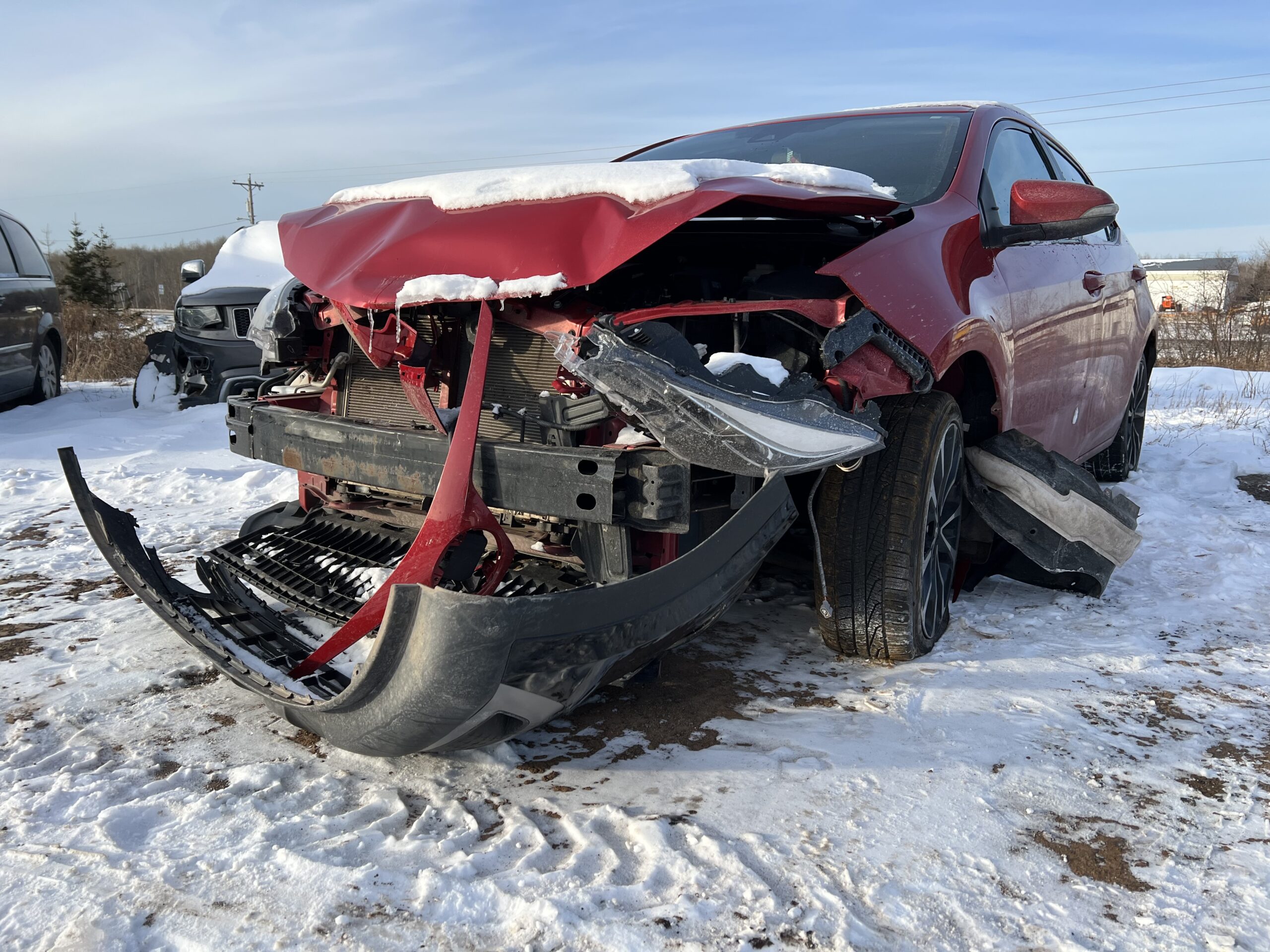Supply chain issues are making auto repairs take longer
Supply chain issues have caused a variety of problems over the past two years, from higher prices to difficulty finding products. Now, shortages are to blame for auto repairs taking longer than normal.
Some auto body shops have had staffing difficulties, but getting parts for damaged cars has been the primary issue. Arrowhead Auto Body is well-staffed but has struggled to get certain parts in a timely manner.
“Supply chain shortages are definitely causing an issue with us getting parts,” said Estimator Chris Burrows. “Chip shortages are hard too when we try to get modules for cars. We’ve been waiting on radars a long time. We had one module that took us five months, so it’s definitely hurting us.”
The main auto parts that are facing supply chain issues are electronics and air bags. Other parts, such as fenders, depend on the make and model as well as where the parts are shipped from with shipping taking longer in some areas.
There is a possibility of auto body shops becoming more overwhelmed as more car crashes happen in the Northland in the winter. According to the Minnesota Department of Public Safety, over 79,000 crashes were reported due to snowy or icy road conditions from 2016 to 2020. Of those crashes, over 19,000 resulted in injury, and 181 traffic deaths were reported.

Due to supply chain issues, auto repairs are taking longer.
To avoid getting into an accident this winter and having to deal with an extended auto repair time, here are some tips for safe winter driving.
- If road conditions are poor, avoid driving if possible.
- Headlights must be turned on if it is snowing or sleeting.
- After snow, brush off your car and make sure your windows, hood, headlights, and brake lights are clear.
- Pay extra attention and drive at a reduced speed when road conditions are poor.
- Plan for increased travel time and increase stopping distance between vehicles.
- Keep a scraper/brush, a small shovel, jumper cables, a tow chain, and a bag of sand or cat litter in your vehicle.
- Store blankets, heavy boots, warm clothing, flashlights, and high-energy foods in your vehicle in case of emergency.
- Keep at least five car-lengths behind snowplows.
- If your car starts to skid, ease your foot off the gas and turn the steering wheel in the direction that you want the front of the vehicle to go.
- Never pump ABS brakes. Instead apply a steady, firm pressure to the brake pedal.
The latest weather forecast, road conditions, and traffic cameras can be found at WDIO.com/weather.